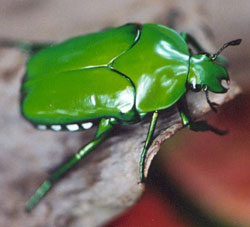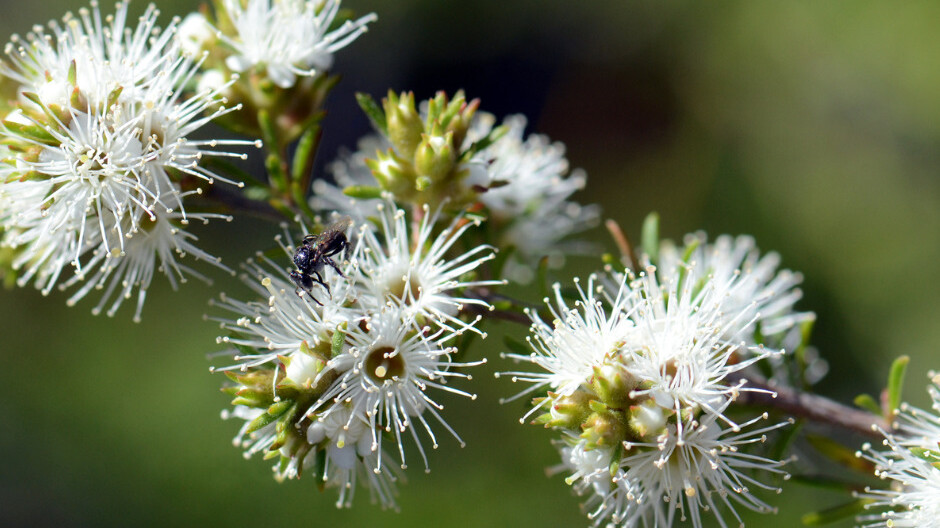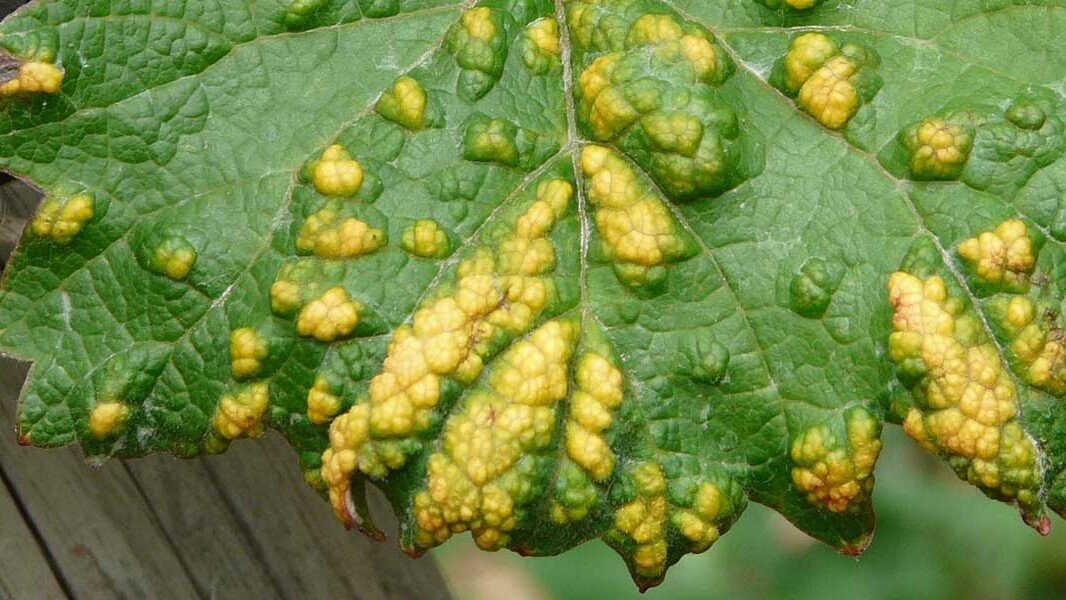Most of us would be familiar with the brightly coloured, glossy and sometimes iridescent Christmas beetles. We often see them dazed and confused, crawling around on the ground or in the house in the morning after a big night out (they are attracted to bright lights!).
As their name suggests, the adult beetle is most active during the Christmas season and warmer months of December and January. Adult Christmas beetles aren’t much of a pest in most home gardens, although they do feed on eucalypt leaves and can cause severe defoliation in large numbers.
Christmas beetles are about 20 millimetres in length and belong to the Scarab beetle Family (Scarabaeidae) in the Order Celeoptera. The image shown here is courtesy of CSIRO. Scarab beetles are the second largest family of beetles in Australia. (Weevils are the largest Family). There are around 35 species of Christmas beetle with the most common being Anoplognathus chloropyrus and Anoplognathus montanus. They are occur across most of Australia, except for deserts, with the highest density in eastern regions.
However, from around 2013, a decline in numbers has been noticed with a citizen science project being launched ini November 2022 by scientists at the University of Sydney to report on sightings. Since their natural habitat is grassy plains and woodland, increased clearing of forests and urban expansion may be involved in their disappearance.
Life Cycle
The life cycle of a Christmas beetle is from one to two years. The larvae of Christmas beetles, often called curl grubs, live and develop in the soil for about a year, eating decaying organic matter and plant roots of mainly native grasses and other vegetation. In agricultural land larvae can feed on the roots of crops and pasture. In urban areas larvae often feed on the roots of turf. This feeding can cause plants to turn yellow and wither.
Toward the end of winter the larvae move closer to the soil surface and pupate. The adults emerge several weeks later and dig their way out of the soil. They then fly to the nearest food plant to feed. And of course their other main duty at this stage is to mate. They then lay eggs in the soil close to their food source.
There are many other Anoplognathus species, in fact there are 35 species of Christmas beetle across Australia, and many are brightly coloured, such as the bright green tropical Christmas beetle shown here, courtesy of www.wildwatch.com.au. Eight species alone occur in Sydney. All are attracted to bright lights at night.

Are They a Pest?
Thought a pest in early days, control is seldom needed now with the decline in numbers.
Geoff Monteith, curator of the insect collection at the Queensland Museum said that Christmas beetles have a bad reputation for causing dieback of trees, which they don’t entirely deserve.
In the home garden, Christmas beetles are seldom a problem. In fact, they are usually controlled naturally by native animals such as possums, currawongs, magpies and predatory wasps.
Christmas beetles are an ideal insect to introduce to children as they are quite placid (especially after a big night out).
References
www.abc.net.au
D. Jones & R. Elliot, Pests Diseases and Ailments of Australian Plants, Lothian Publishing.
Australian Geographic 2016. November 16, Where have all the Christmas beetles gone?
Related Articles:
Wildflower gardens – What’s the buzz about?
In the quest for sustainable and environmentally conscious practices, gardening enthusiasts and nature lovers alike are turning to a time-tested…
Prevent Pests in Your Garden
If you can prevent pests in your garden you will save time, resources and money as well as helping your garden flourish. Effective pest control is…



